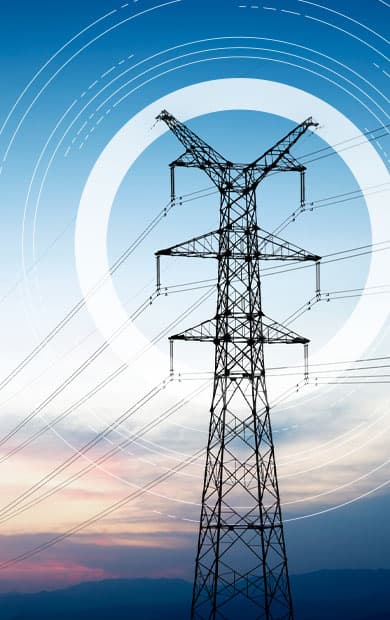Overview
From international electricity prices to analytical reporting and fundamentals data, Argus meets power market needs in a consolidated, comprehensive service.
Argus electricity prices are trusted and used by many companies in spot and term pricing, risk analysis and management, mark-to-market and strategic planning.
Latest electric power news
Browse the latest market moving news on the global electric power industry.
No Results Found
Spotlight content
Browse the latest thought leadership produced by our global team of experts.
Solid Fuels Midyear Insights - 2025/26
Spain's Energy Crisis: A Deep Dive into the April Blackout
Insight papers - 25/03/25Uncertainty dims outlook for data center power demand boom
Explore our electric power products
Key price assessments
Argus prices are recognised by the market as trusted and reliable indicators of the real market value. Explore some of our most widely used and relevant price assessments.





